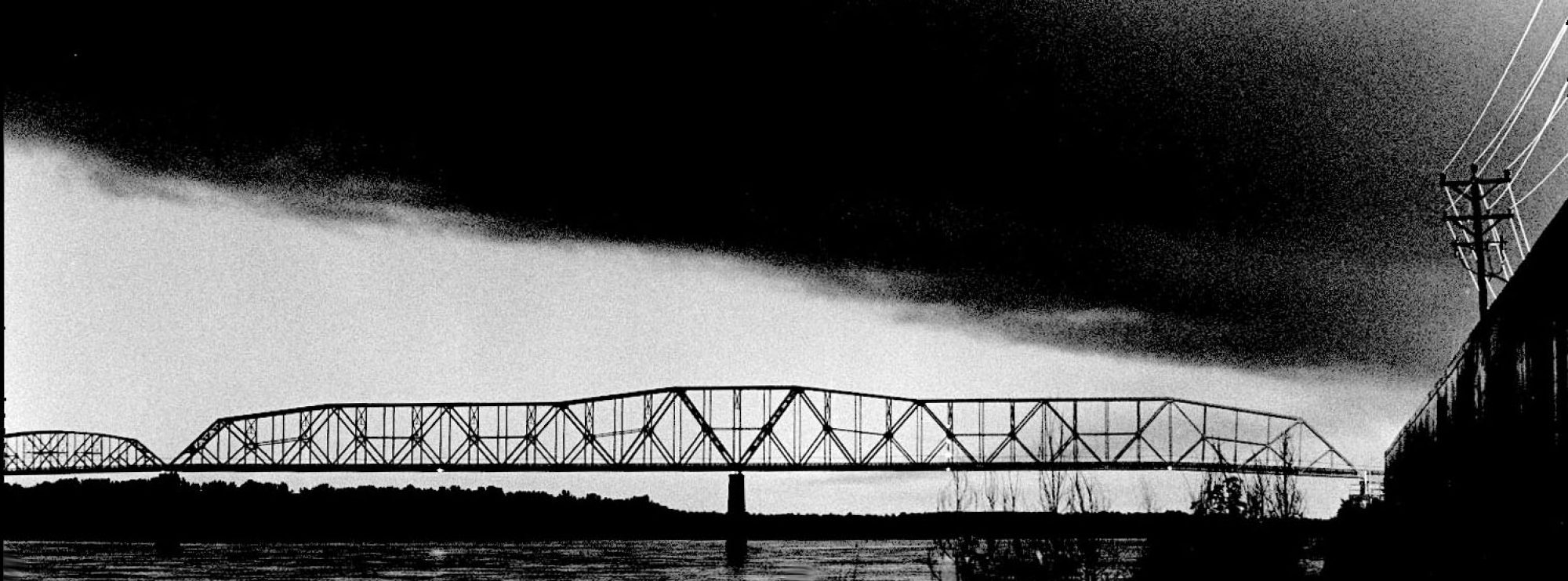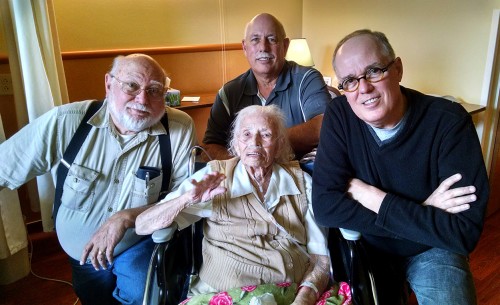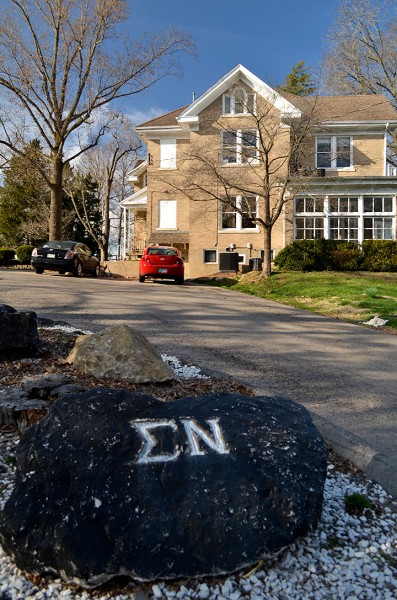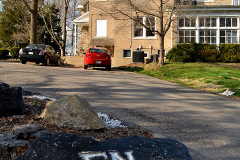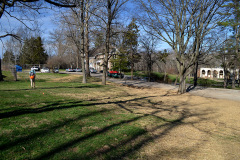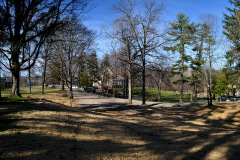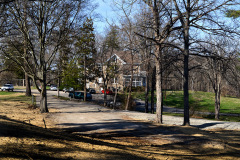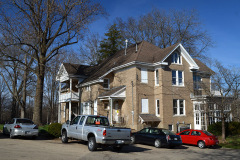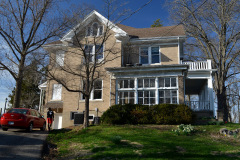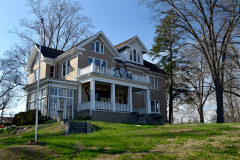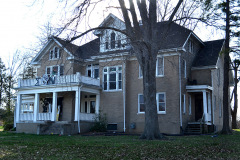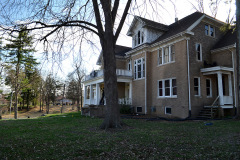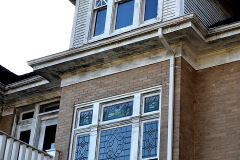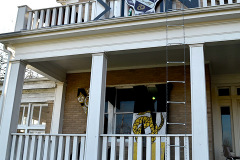 I was trying to figure out a different way to mark Memorial day when I looked to my left at the intersection of Mt. Auburn Road and North Kingshighway and spotted this Freedom Isn’t Free DAV (Disabled American Veterans) flag sticker.
I was trying to figure out a different way to mark Memorial day when I looked to my left at the intersection of Mt. Auburn Road and North Kingshighway and spotted this Freedom Isn’t Free DAV (Disabled American Veterans) flag sticker.
That’s a nice reminder. (Click on it to make it larger.)
More welcome than this
 I was a bit soured on flag decals during the 1960s because they were frequently paired with stickers like this one.
I was a bit soured on flag decals during the 1960s because they were frequently paired with stickers like this one.
I feel the same way about SUVs sporting yellow ribbon magnetic stickers that say “Support Our Troops.” Slapping on a sticker is a lot easier than actually making sure our returning veterans have the medical and psychological care they need to integrate into society when they come home.
In 2014, three Republican Senators were the lone votes against a bipartisan bill to expand benefits and access to care for former troops. “We need to resist the temptation to create more entitlements and more entitlements,” Alabama Senator Jeff Sessions said.
Well, if we can’t afford to provide care for our returning vets, maybe we shouldn’t be sending them to places where they may require care.
OK, rant over. Let’s use Memorial Day to think about those men and women who gave their lives to make it possible for us to have political disagreements.
Previous stories about Veterans and memorials
- Thoughts on Memorial Day 2010
- Cpl. Robert Taylor 1947-1968
- Advance’s Military Memorial
- Jackson’s World War I memorial
- Gary Schemel, first Central student to die in Vietnam
- Civil War statue on Common Pleas Courthouse grounds
- Florida National Guard
- The Price of Freedom
- Stoddard County Confederate Memorial
- Brookside War Memorial in Jackson
- Althenthal-Joerns American Legion Post 158
- The saga of Sgt. Ginter in the Mound City National Cemetery
- The last words of Pvt. Ladd, chosen by lot to be executed
- At least 80 vets are buried on the grounds of the former Athens Lunatic Asylum
- Mass grave of troops killed in the Battle of Mingo Swamp
- Veterans Day flags in Cape and Bollinger Counties in 2013 (with links to other years)
